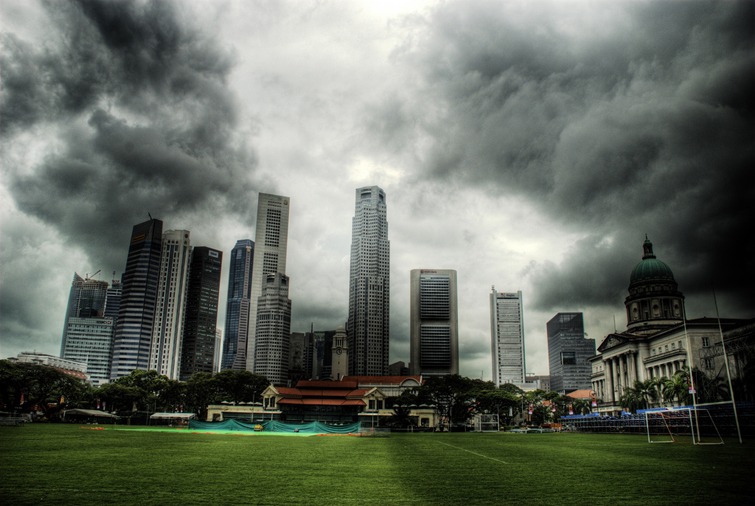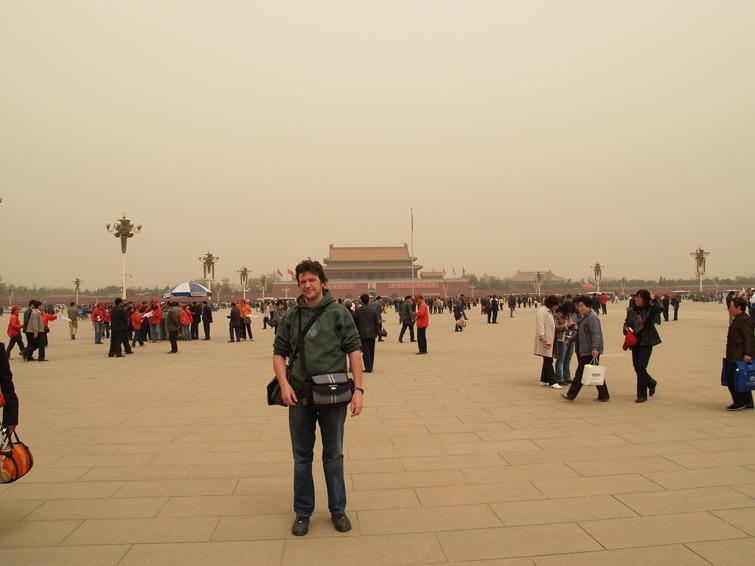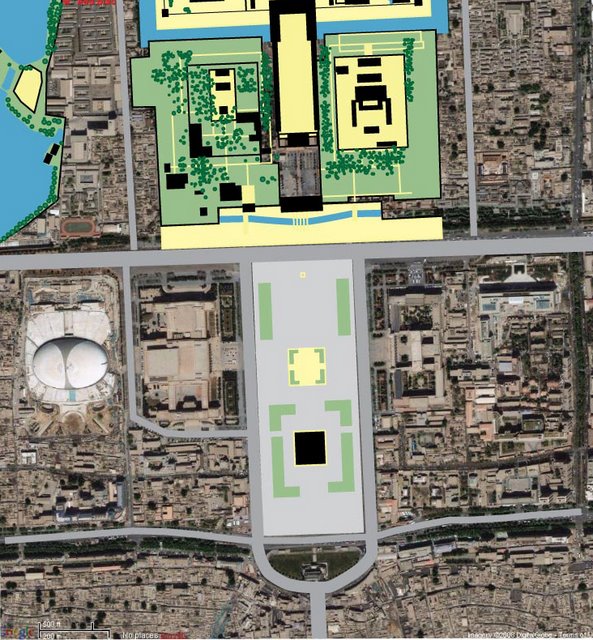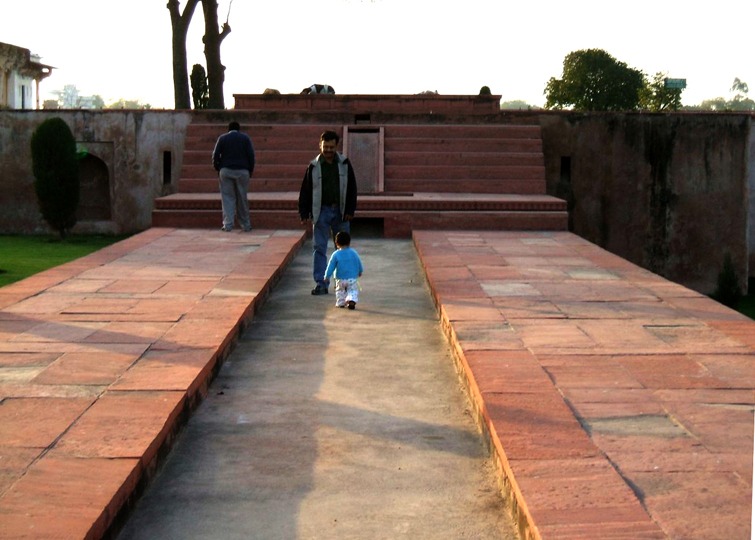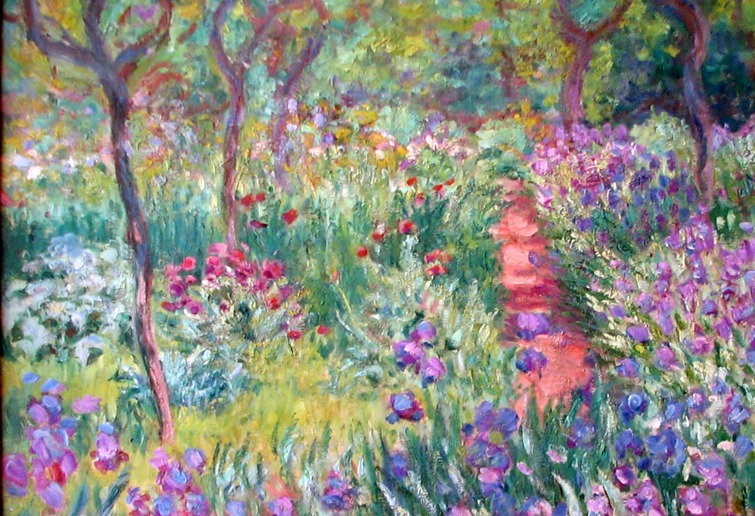 Christine’s question about the influence of French Impressionist painting on the art of garden design has set me thinking. Since writing an essay about Gertrude Jekyll, at college in 1969, I have argued that the painter who most influenced Gertrude Jekyll’s style of planting design was J M W Turner. I still think this is correct but the following comment from Colour Schemes for the Flower Garden has been extremely influential. Jekyll wrote that planting design is ‘like having a box of paints from the best colourman, or, to go one step further, it is like having portions of these paints set out upon a palette.’ Once you start thinking about plants as ‘a palette’ of colours, you are on the high road to English Impressionist Planting Design. Monet’s own garden at Giverny was not planted impressionistically but his paintings of the garden are in an impressionist style and, curiously, photographs of the Water Lily Pond at Giverny also have an impressionist character.
Christine’s question about the influence of French Impressionist painting on the art of garden design has set me thinking. Since writing an essay about Gertrude Jekyll, at college in 1969, I have argued that the painter who most influenced Gertrude Jekyll’s style of planting design was J M W Turner. I still think this is correct but the following comment from Colour Schemes for the Flower Garden has been extremely influential. Jekyll wrote that planting design is ‘like having a box of paints from the best colourman, or, to go one step further, it is like having portions of these paints set out upon a palette.’ Once you start thinking about plants as ‘a palette’ of colours, you are on the high road to English Impressionist Planting Design. Monet’s own garden at Giverny was not planted impressionistically but his paintings of the garden are in an impressionist style and, curiously, photographs of the Water Lily Pond at Giverny also have an impressionist character.
Yearly Archives: 2009
Definition of a sustainable urban landscape
I came across this definition today, from a large UK landscape practice: “a sustainable urban landscape achieves the correct balance between environmental, economic and social needs” and regret that it is not helpful. It does not tell us how to find a ‘balance’ and it implies that landscape architects, assuming they are to be involved, have some kind of knowledge, skill or training which lets them decide what is ‘correct’. A much better definition is required if we are to have better designs for sustainable landscapes.
Sissinghurst garden farm news
As guessed, the rumpus was a publicity stunt exercise in TV dramatics. The BBC and the National Trust knew when they were planning the TV series on Sissinghurst that Adam Nicholson and Sarah Raven’s ideas were going to be accepted. So in Episode 8 of the longest-running docudrama in the first 5,000 years of garden history, we saw some of the farm land being used to grow vegetables and Sly Steve in the kitchen admitting that Sarah’s Moroccan Lamb had been popular with the guests. http://www.bbc.co.uk/iplayer/episode/b00jclx2/Sissinghurst_Episode_8/ Adam shoehorned in a final attempt to make Sissinghurst into the World’s Lesbian Capital or, at least, the World’s Sexiest Garden (with the line “Harold Nicholson loved Morocco more than any place on earth. He often had an affair there”). Adam Nicholson also remarked that “Writing is the family business. Butchers chop up pigs. We write books.” Nicely put, but was he laying a foundation for a new family business: TV? Watch this space.
PS Why does the National Trust want publicity for Sissinghurst? To attract more visitors and to have more money to spend. But to conserve the garden’s character it needs less publicity and fewer visitors.
Asian landscape architecture and garden design in the twentieth century
Why were Asian garden design and landscape architecture such a disappointment in the twentieth century? There is much work which looks anti-ecological, anti-contextual, almost anti-human – and far too American or far too European (see note on Chinese context theory). Luckily, there are some exceptions, including the twenty-first century landscape designs for King Abdullah International Gardens and the Abu Dhabi Corniche. Instead of writing an essay (which is is in fact what I have done for the final chapter of Asian gardens) I offer the short statement that the problems with Asian garden and landscape design in the 20th century resulted from a poor understanding of design history and theory. There were lacks of appreciation:
- by many landscape architects that their profession’s design theory was at least 4000 years old on 14 May 1863 ( Norman T Newton gives this day as ‘the first official use of the title Landscape Architect’ – he knew the art was older but his perception of the theory was post-1863)
- by the Asian clients and designers who believed Asia should be ‘modernized’ by being ‘westernized’
- by the World Bank and associated development agencies which were certain that western is better, because it is based on science , and because science is the ultimate criterion of truth
- by a host of architects, engineers and planners who believed too fervently in ‘master planning’ and therefore fostered the tragedy of feminine design
- by bankers and property developers who believed that calculation of short term profit was the way to distinguish good projects from bad projects
- by the abstract and anti-contextual nature of international modern design theory
- by an inadequate knowledge of Asian design history and theory
The corrective to these Seven Deadly Design Sins should be gulping that wonderful Asian virtue – HARMONY. History matters, theory matters, science matters, beliefs matter, profit matters, ecology matters, design matters, people matter -we all matter!
Chinese landscape architecture competition for Tiananman Square
The landscape architecture profession in China has grown rapidly but now faces a supreme challenge: how to re-design Tiananmen Square. Though understandable, Tiananmen Square was a blunder and this should be recognized. Only then can it become the brilliant centre of world culture which Beijing deserves. Its current design is understandable for three reasons:
- China had no tradition of creating public open space in towns at the time it was designed and nor did it have a landscape architecture profession
- The design inspiration for Tiananmen Square came from Soviet Russia, which could just as well have taught lessons in running fair trials
- As the capital of the world’s most populous country, the Beijing authorities wanted to have the world’s largest and greatest urban square
The present landscape design of Tiananmen Square is regrettable for three reasons:
- the section of the Ming capital it replaced should most certainly have been conserved
- the landscape design of the new square was horrific: it has scarcely any use, scarcely any beauty, and is totally unsuited to Beijing’s climate. People just stand around with nothing to do but take ‘I was there’ photographs of each other.
- the tragic events of 1989 are, one assumes, as much regretted in Beijing as they are in the rest of the world
So what should be done? It is loved as the heart of the nation and I can’t say – but finding an answer is a great challenge for the landscape architecture profession, hence the Web 2.0 Landscape Competition announced today. + more information on the Tiananmen landscape architecture competition (and a October 2009 blog post about the competition)
See also: Previous post on Asian gardens and landscapes
Indian water gardens history and restoration
On the evidence of the Ramayana and the Mahabharata (see quotes below), Ancient India had the most fabulous gardens. But they were lost and the Indian gardens we know today were made by, or influenced by, Islam. Various acts of violence have made Muslims unpopular in India and this may have contributed to the comparative neglect of India’s gardens – despite India having the world’s finest examples of Islamic gardens. So what can be done to revive and restore this wonderful heritage? One of the great tasks is to get the water back into the canals, as in the gardens of the Taj Mahal and Humayun’s Tomb. But how can this be done? The task requires local enterprise. Garden managers should be informed that pools, baolies, canals and plants require water. An Indian Decade of Water Gardens should be declared during which local garden curators and their malis can raise entrance fees on days when the water systems are working and share the increased revenue with staff. The present system of charging foreign visitors 10 times as much as Indian visitors should be replaced with a system of charging higher entrance fees to all non-local visitors. India now has as a middle class equal in size and wealth to a large European country, providing a resource which should be ‘tapped’ to fund the restoration of India’s water gardens. When things start getting better they are likely to continue getting better. The Ram Bagh Gardens were made by Babur, the first Mughal Emperor, but are now named after Lord Rama, hero of the Ramayana (image courtesy ruchir75). [Notes (1) a mali is a gardener (2) it costs more to enter Versailles when the fountains are working]
Ramayana on gardens
Beyond the sea my Lanka stands
Filled with fierce forms and giant bands,
A glorious city fair to see
As Indra’s Amaravati.
A towering height of solid wall,
Flashing afar, surrounds it all,
Its golden courts enchant the sight,
And gates aglow with lazulite.
Steeds, elephants, and cars are there,
And drums’ loud music fills the air,
Fair trees in lovely gardens grow
Whose boughs with varied fruitage glow.
Mahabharata on gardens
Within that palace Maya placed a peerless tank, and in that tank were lotuses with leaves of dark-coloured gems and stalks of bright jewels, and other flowers also of golden leaves. And aquatic fowls of various species sported on its bosom. Itself variegated with full-blown lotuses and stocked with fishes and tortoises of golden hue, its bottom was without mud and its water transparent. There was a flight of crystal stairs leading from the banks to the edge of the water. The gentle breezes that swept along its bosom softly shook the flowers that studded it. The banks of that tank were overlaid with slabs of costly marble set with pearls. And beholding that tank thus adorned all around with jewels and precious stones, many kings that came there mistook it for land and fell into it with eyes open. Many tall trees of various kinds were planted all around the palace. Of green foliage and cool shade, and ever blossoming, they were all very charming to behold. Artificial woods were laid around, always emitting a delicious fragrance. And there were many tanks also that were adorned with swans and Karandavas and Chakravakas (Brahminy ducks) in the grounds lying about the mansion. And the breeze bearing the fragrance of lotuses growing in water and (of those growing on land) ministered unto the pleasure and happiness of the Pandavas. And Maya having constructed such a palatial hall within fourteen months, reported its completion unto Yudhishthira.

